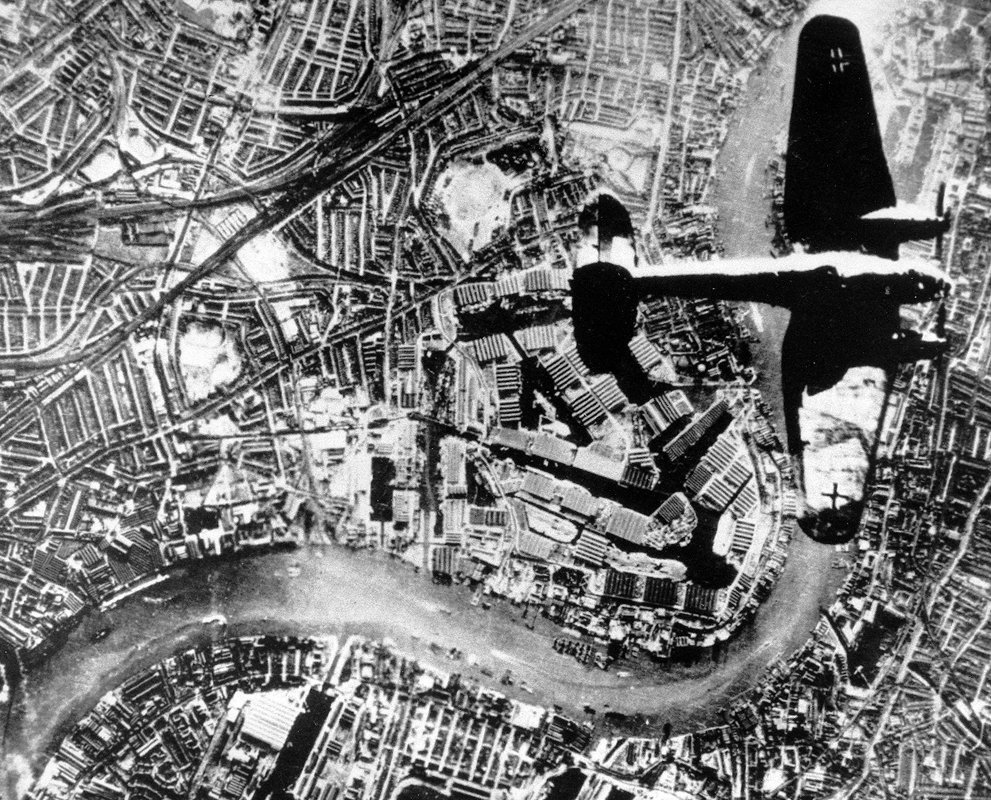New Zealand — why not?
The XXIII Biennial Conference of the Australasian Association for European History will be held at Victoria University of Wellington, New Zealand, in July 2013, and I’ll be presenting a paper with the following title and abstract: ‘What are the Germans up to?’ The British phantom airship scare of 1913 In late 1912 and early 1913, […]


